metallicachick86
New Member
- Posts
- 1,308
- Location
- Bury, Lancashire
Not selotape damnit, insulation tape, ggaawwdd 
I have hosted the the TomTom Greenlanes & Fords POI's on a file hosting site If anyone has any similar file or routes they want to share send them to me and I'll host them as well.
Fords Fords.ov2
GreenLanes 1 Green1.ov2
GreenLanes 2 Green2.ov2
Do i transfer these files onto my satnav?, if so how do i :der:do that?,
Do i transfer these files onto my satnav?, if so how do i :der:do that?,
apologies for me lack of PC savvy, been living in a cave for the past 22 years...
Fantastic thread thanks.
DW.
I use Tom Tom on a Mitac Mio PDA ... find the folder that already holds the POI (OV2) files and simply copy these across to the file using ActiveSync.
Then go into TT, preferences and POImanagement and check to see the POI's on screen. Works well, gives start and end points of green lanes.
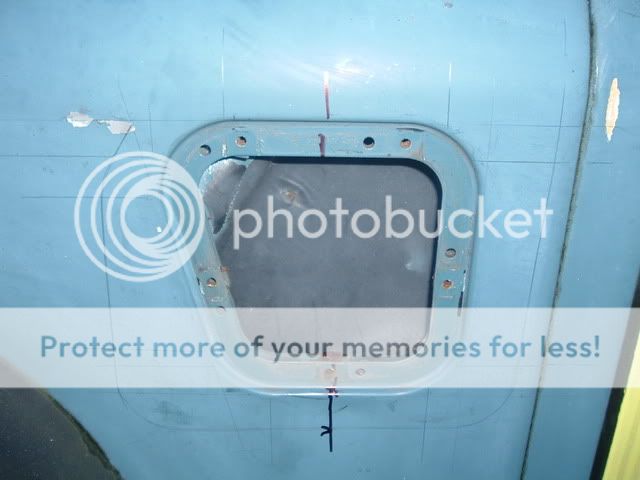
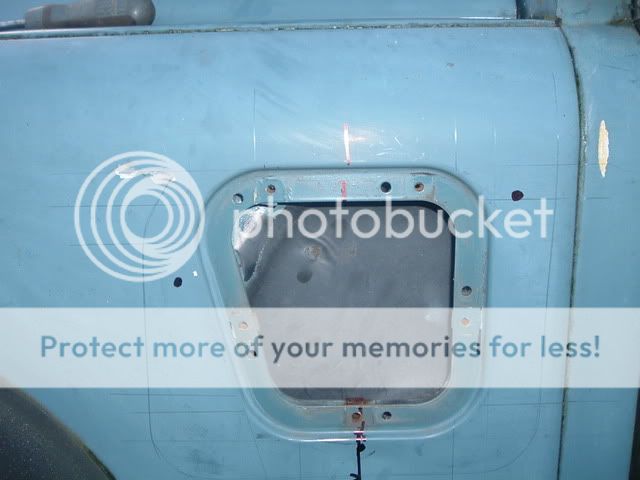
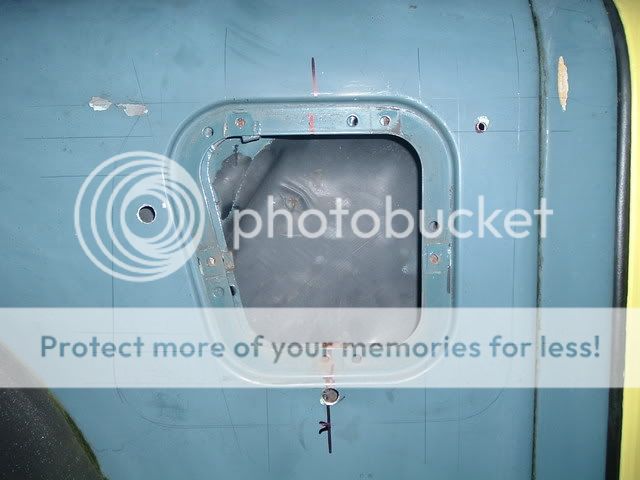

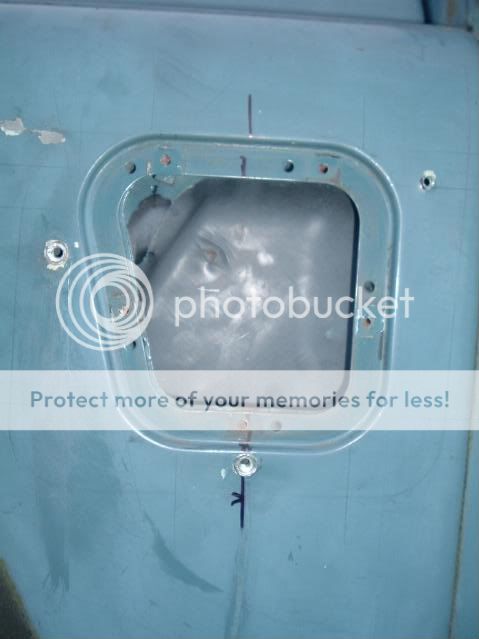
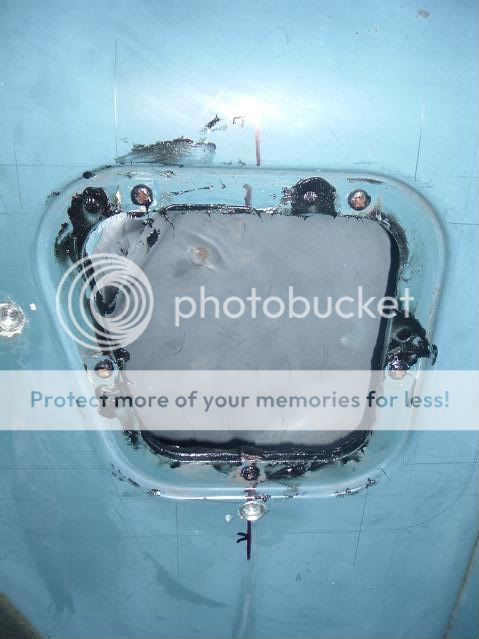
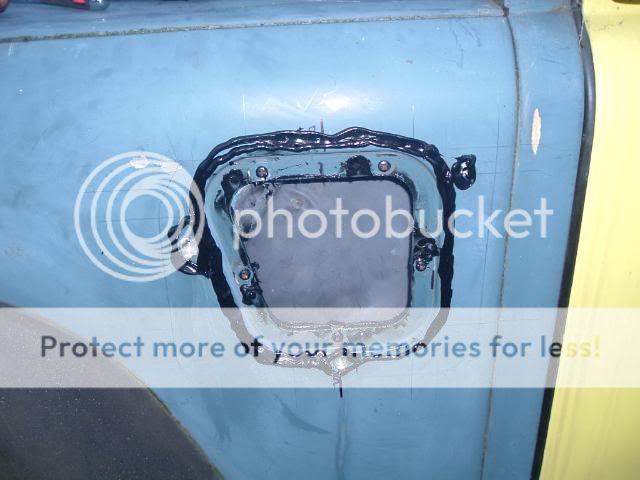
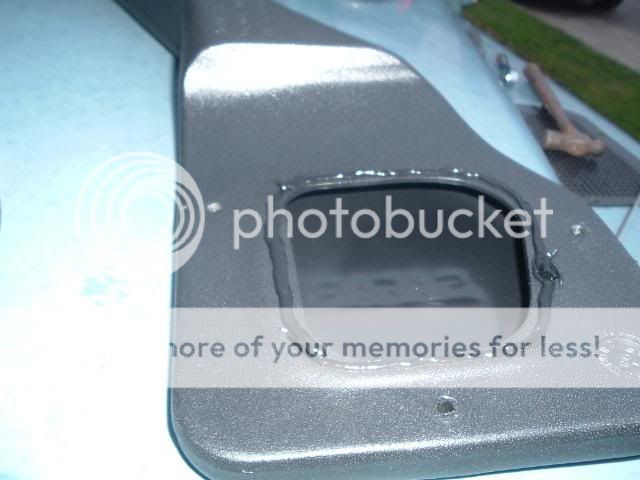
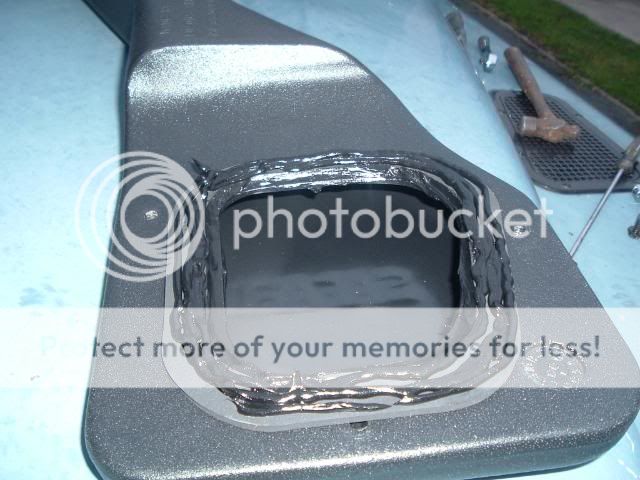
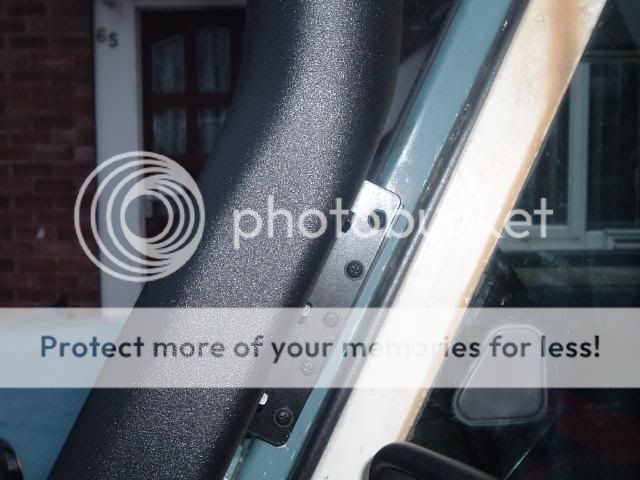

redhand wont that *beep* the alternator
Welcome To LandyZone, the Land Rover Forums!
Here at LandyZone we have plenty of very knowledgable members so if you have any questions about your Land Rover or just want to connect with other Landy owners, you're in the right place.
Registering is free and easy just click here, we hope to see you on the forums soon!
